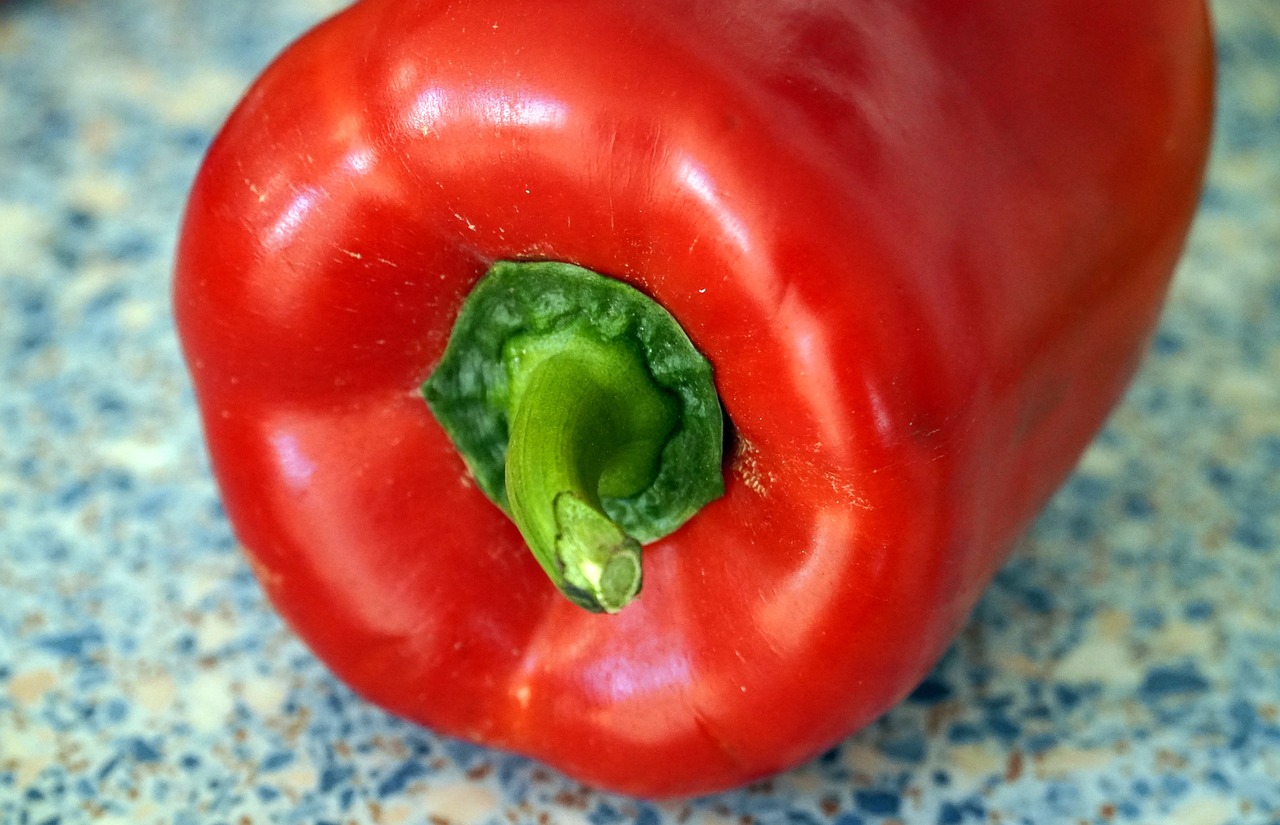The Art of Fermenting Meats: Traditional and Modern Approaches: Betbazar 247 login, Playexch in login, Gold365 id login
betbazar 247 login, playexch in login, gold365 id login: Fermentation is an ancient technique that has been used to preserve food for centuries. One of the lesser-known aspects of fermentation is the process of fermenting meats. This practice involves using bacteria and enzymes to break down proteins and sugars in the meat, resulting in a tangy, flavorful product that is both delicious and nutritious.
In this article, we will explore the art of fermenting meats, discussing both traditional and modern approaches to this age-old practice. From salami to kimchi to miso, there are countless ways to ferment meats, each with its unique flavor profile and culinary tradition.
Traditional Approaches to Fermenting Meats
One of the most common methods of fermenting meats is through the use of salt. Salt helps to draw out moisture from the meat, creating an environment that is inhospitable to harmful bacteria while promoting the growth of beneficial bacteria. This process, known as dry curing, is used to make products such as prosciutto and pancetta.
Another traditional approach to fermenting meats is through the use of starter cultures. These cultures contain specific strains of bacteria that have been isolated and cultivated for their ability to produce desirable flavors and textures in fermented meats. In many cases, these cultures are added to the meat along with spices and salt before being left to ferment for a period of time.
Modern Approaches to Fermenting Meats
While traditional methods of fermenting meats are still widely used today, modern technology has opened up new possibilities for the practice. One such innovation is the use of fermentation chambers, which allow for precise control over temperature and humidity levels during the fermentation process. This level of control can help to ensure a consistent and high-quality product every time.
Another modern approach to fermenting meats is the use of sous vide technology. Sous vide involves vacuum-sealing the meat in a bag and then cooking it in a water bath at a low, precise temperature for an extended period of time. This method can help to tenderize tough cuts of meat while also promoting the growth of beneficial bacteria.
FAQs
Q: Is it safe to ferment meats at home?
A: With proper food safety practices, fermenting meats at home can be done safely. It is essential to use clean equipment, follow recipes closely, and monitor the fermentation process closely to ensure that harmful bacteria do not grow.
Q: How long does it take to ferment meats?
A: The fermentation process can vary depending on the type of meat and the method used. Some meats may ferment in as little as a few days, while others may take weeks or even months to fully develop their flavors.
Q: What are some common types of fermented meats?
A: Some common types of fermented meats include salami, pepperoni, chorizo, and fermented sausages. These products are often flavored with spices and aged to develop complex flavors and textures.
Q: Can I ferment meats without using artificial starter cultures?
A: While starter cultures can help to ensure a consistent fermentation process, it is possible to ferment meats without them. In many cases, naturally occurring bacteria in the meat and environment can ferment the meat successfully.
In conclusion, the art of fermenting meats is a time-honored tradition that continues to thrive in both traditional and modern kitchens. Whether you prefer the slow, hands-on approach of dry curing or the precise control of sous vide technology, there are countless ways to explore the world of fermented meats. So roll up your sleeves, gather your ingredients, and get ready to embark on a delicious and rewarding culinary adventure.







